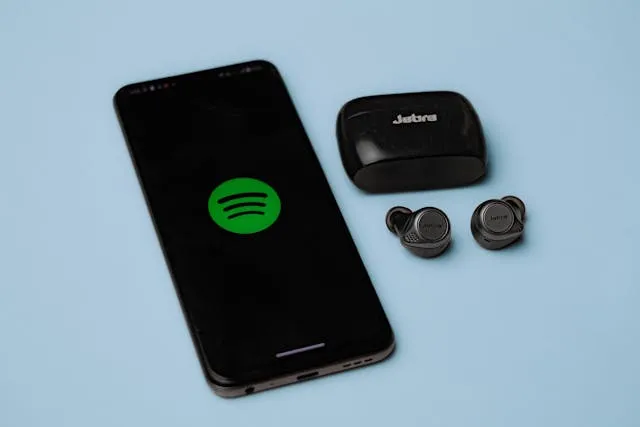Drive Leads & Conversions With Strategic Paid Media Management

In the ever-evolving digital landscape, paid media has become one of the most effective tools for businesses looking to generate qualified leads and boost conversions. But as platforms become more competitive and algorithms more complex, success with paid advertising depends on more than just setting up campaigns—it requires strategy, precision, and continuous optimization. Collaborating with a skilled paid advertising agency ensures your campaigns are expertly managed to target the right audiences, optimize budgets, and drive high-quality leads that convert. That’s where strategic paid media management plays a critical role.
Instead of wasting budget on trial-and-error tactics, businesses that embrace a structured and data-informed approach to paid media see better engagement, lower customer acquisition costs, and scalable growth across channels.
What Is Paid Media Management?
Paid media refers to any advertising placement where you pay to promote your business—think google ads, facebook and instagram ads, linkedin, youtube, and display networks. Paid media management involves the planning, execution, and ongoing refinement of these ad campaigns to ensure they meet specific marketing objectives such as lead generation, brand awareness, or direct sales.
Strategic management further aligns campaigns with business goals, buyer intent, and customer journey.
The Difference Strategy Makes
Launching a few ads might get you clicks, but clicks alone don’t grow your business. Each advertisement is created to not only draw attention but also to transform that attention into valuable results, such as completed forms, scheduled consultations, or purchases, thanks to strategic paid media management.
A strategic approach includes:
- Audience segmentation.
- Platform selection based on goals.
- Compelling ad creative tailored to user intent.
- Conversion-focused landing pages.
- Budget optimization and real-time performance tracking.
When these components come together, companies can reliably produce qualified leads and convert them into paying clients.
Key Components Of Strategic Paid Media Management
1. In-Depth Audience Research
Effective advertising is built on an understanding of your target audience. Strategic management involves identifying who your ideal customers are, where they spend time online, and what messaging resonates with them. This research informs both targeting and creative development.
2. Platform-Specific Planning
Every advertising platform has unique strengths. Google ads excels at capturing active search intent, while facebook and instagram are ideal for visual storytelling and demand generation. A strategic manager knows which platforms align best with your goals and how to tailor campaigns accordingly.
3. High-Converting Creative
Ad creative needs to do more than look good—it must capture attention, convey value, and drive action. Strategic paid media includes testing different formats, headlines, visuals and calls to action to find what performs best with your target audience.
4. Conversion Optimization
Traffic alone doesn’t guarantee results. Strategic campaigns are paired with landing pages optimized for lead capture or sales, ensuring that the user experience is seamless from click to conversion. This might include A/B testing, form optimization, or adjusting page layout to improve user flow.
5. Budget Allocation And Bid Strategy
A strategic manager monitors campaign spend in real-time, ensuring that budgets are directed toward the highest-performing channels, ad sets, and keywords. Automated bidding strategies, combined with manual adjustments, allow for efficient scaling and improved ROI.
6. Performance Analysis And Iteration
Strategic management means ongoing analysis. Regular reporting on cost-per-lead, conversion rates, and click-through rates allows for continuous refinement. Campaigns aren’t static—they evolve based on performance data, seasonal trends, and customer feedback.
Also Read: The Art of Layering Rugs: Elevate Your Interior Design
Real Results With The Right Approach
Businesses that implement strategic paid media management often see:
- Faster lead acquisition compared to organic efforts.
- Lower cost-per-conversion due to refined targeting.
- Improved lead quality as ads reach users with high purchase intent.
- Better alignment between ads, landing pages, and business objectives.
Whether you’re a B2B firm targeting niche decision-makers or an ecommerce brand launching a new product, strategic paid media helps ensure your message gets to the right person at the right time.
Final Thoughts
Paid media has the power to drive impressive results—but only when managed with insight, precision, and long-term strategy. Without the right approach, ad spending can vanish with little to show for it. But with strategic paid media management, every dollar is optimized, every campaign is aligned, and every lead is one step closer to conversion.
In a competitive digital space, businesses that invest in smart, agile, and goal-oriented advertising strategies don’t just attract leads—they build momentum and scale efficiently. The path to better conversions starts with a plan—and the right partner to execute it.






